Langstone, Old Cottages c.1955
Photo ref:
L481011


More about this scene
The end of the last glaciation, approximately 8,300 BC, brought significant increases in temperatures and rainfall, and the landscape cover evolved gradually over the next two thousand years into the mixed forests of today. Animal life changed too. The great herds of reindeer, bison and horse, and the mammoth, disappeared with the ice, and smaller forest-loving animals such as boar, aurochs (the now extinct European wild ox), red and roe deer, and elk took their place. Large nomadic hunting parties were no longer necessary and it is probable that smaller social groups existed now to hunt these animals. This was the middle Stone Age. Evidence suggests that there was a sizeable increase now in population. Almost 500 middle Stone Age sites have been identified in England and Wales compared with little over 100 later early Stone Age sites. There is also evidence on some sites that early man was beginning to supplement his diet of meat with plant foods, fish and shellfish. The upper reaches of both harbours would have provided just such resources for early man in the Portsmouth area and while there is not a lot of evidence of settlement, flints have been identified, washed out by the scour from the brick-earth shores of the islands at the northern end of Langstone Harbour.
Add to Album
You must be signed in to save to an album
Sign inShare This Photo
Buy a Print
Unframed, Mounted, Framed and Canvas prints in a range of sizes and styles.
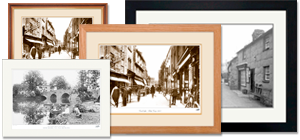
View Sizes & Prices
A Selection of Memories from Langstone
For many years now, we've been inviting visitors to our website to add their own memories to share their experiences of life as it was, prompted by the photographs in our archive. Here are some from Langstone
Sparked a Memory for you?
If this has sparked a memory, why not share it here?

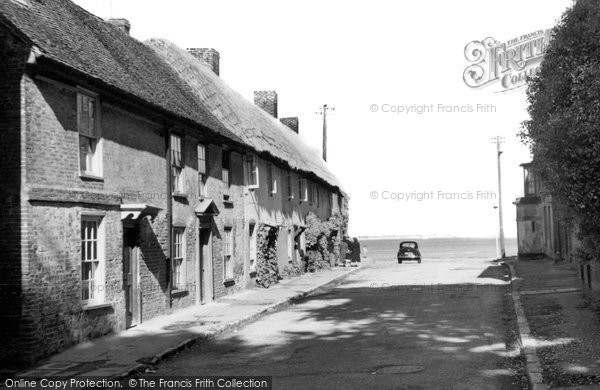
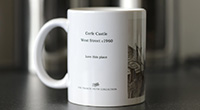
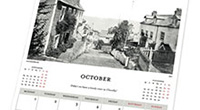
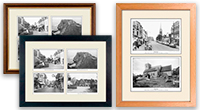



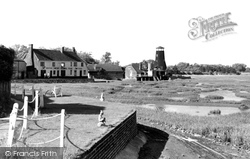
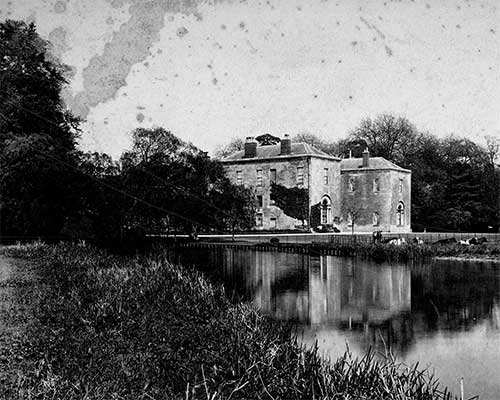 Before
Before
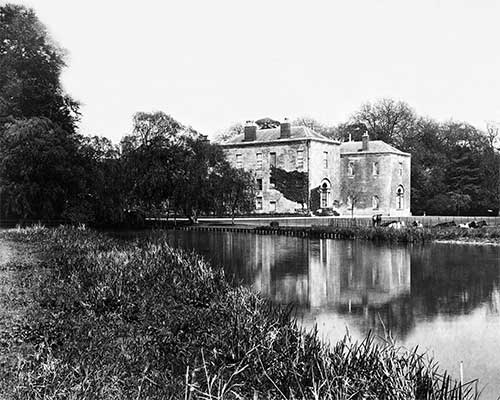 After
After